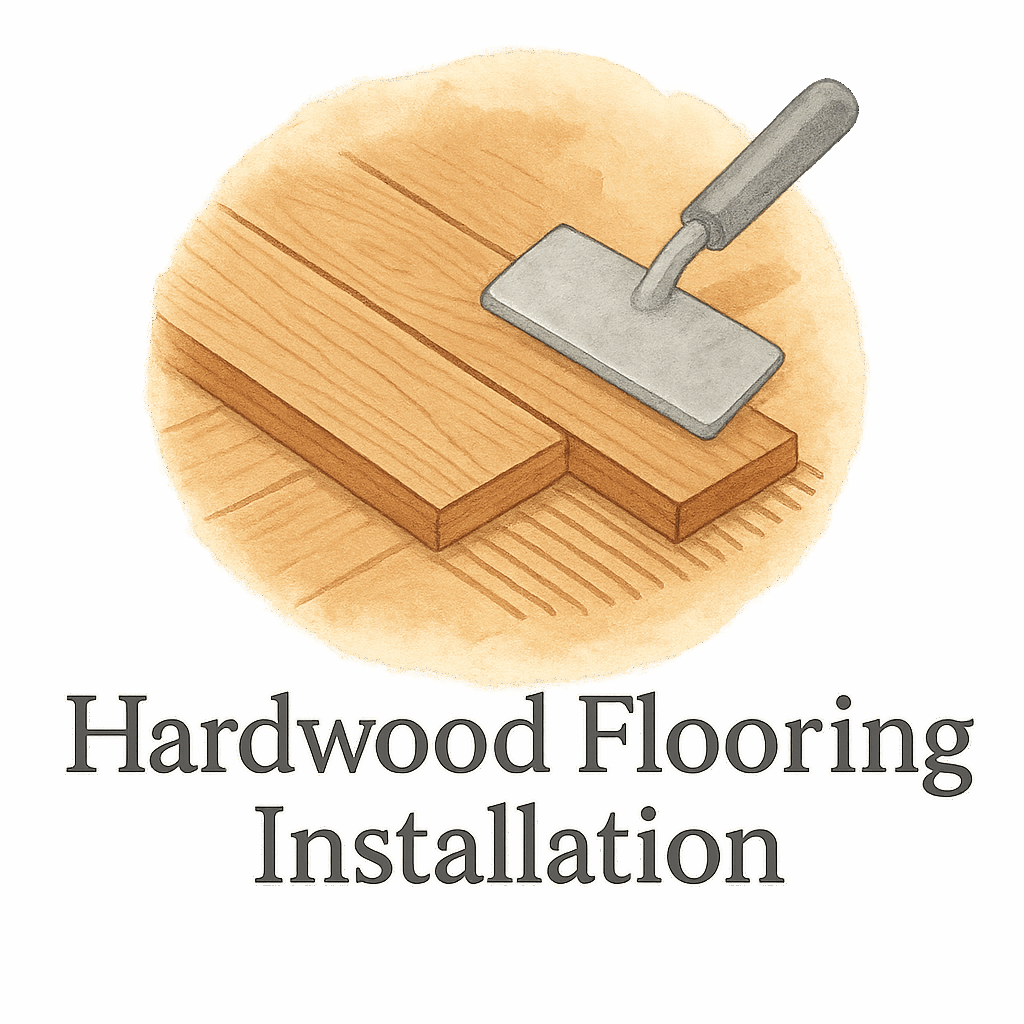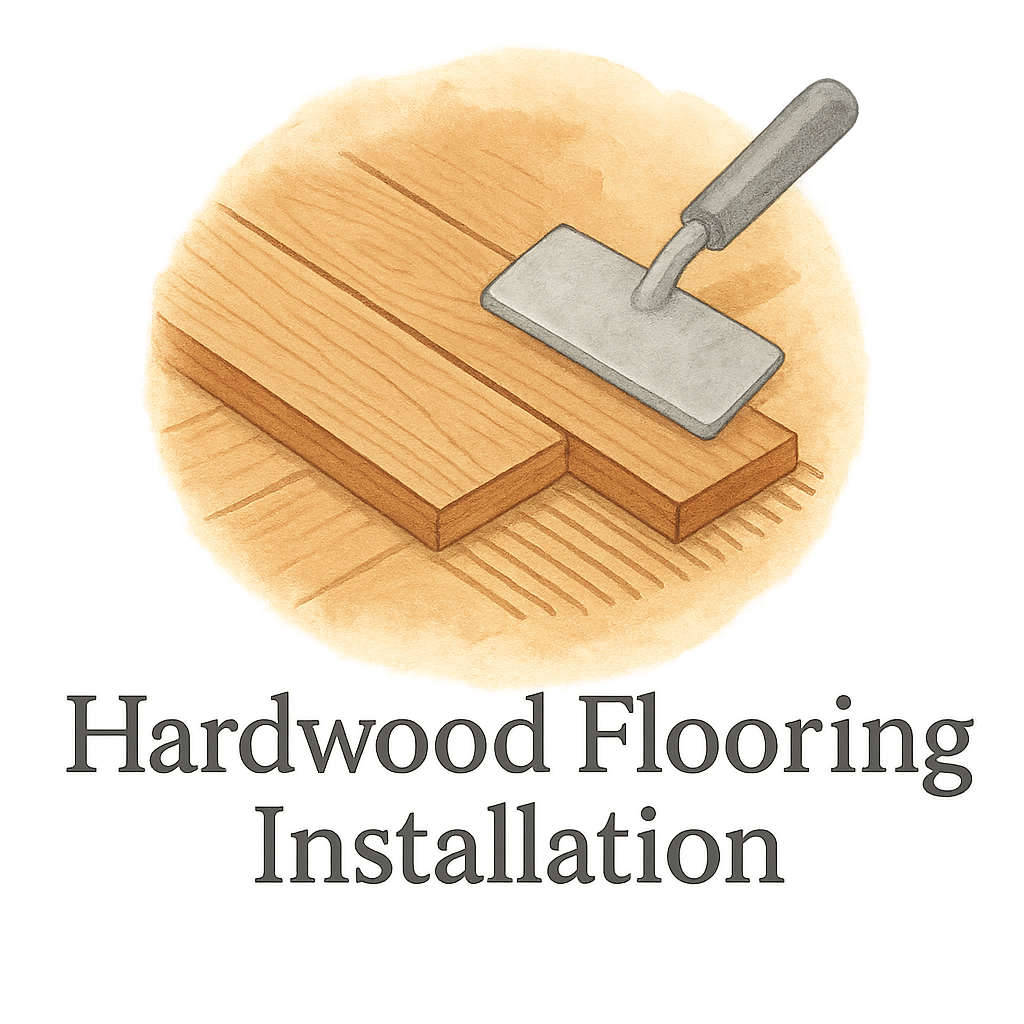Getting your hardwood floor installed? Hold up—before you jump into nailing those gorgeous planks down, there’s one step you can’t afford to skip: prepping your subfloor. Think of your subfloor like the foundation of a house. If it’s off, everything else will be too. In this guide, I’ll walk you through the 7 critical steps to prepare subfloor before hardwood flooring installation—no fluff, just actionable advice.
Let’s roll up those sleeves and get to work!
Why Subfloor Prep Is Essential for Hardwood Flooring
Prepping your subfloor isn’t just a boring chore—it’s a must-do. If you skip it, you’re inviting all kinds of issues: squeaky boards, uneven floors, and worse, a total do-over. Hardwood demands a sturdy, level, clean foundation, or it won’t last.
Also, proper prep ensures your hardwood floor qualifies for a warranty. So yeah, it’s a big deal.
Need a deeper breakdown of flooring prep? Check out this flooring preparation guide from the pros.
Tools and Materials You’ll Need
Key Prep Tools for the Job
Here’s your subfloor prep starter pack:
- Pry bar
- Floor scraper
- Belt sander
- Moisture meter
- Carpenter’s level
- Hammer and nails/screws
- Safety gloves & goggles
Don’t have everything yet? Here’s a full checklist of flooring tools and materials to stock up on.
Materials That Matter Most
- Patching compound
- Wood glue
- Underlayment sheets
- Subfloor adhesive
- Sealant
Step 1: Clear and Clean the Subfloor Area
Remove Old Flooring and Debris
First things first—rip up the old flooring. Whether it’s carpet, vinyl, or old hardwood, it’s gotta go. Use a pry bar and some elbow grease. Remove every nail, staple, and tack strip you can find.
Pro tip: Label anything you plan to reuse. It’ll save you a headache later.
Ensure a Dust-Free, Smooth Surface
Next up, cleaning. And we’re not talking a light sweep here. You need to vacuum thoroughly and wipe the floor down. Dust can prevent adhesives from sticking and even trap moisture.
Explore DIY flooring installation methods if you’re considering laying your floor yourself.
Step 2: Inspect for Damage and Moisture
Spotting Water Damage or Rot
Inspect the entire subfloor for signs of rot, mold, or water damage. Look for dark spots, soft patches, or musty smells. If it crumbles, it’s toast.
Check out flooring damage indicators to help identify these red flags.
Moisture Testing 101
Use a moisture meter to check the moisture content of your subfloor. Ideal readings should be below 12%. Too wet? You’ll need to dry it out or install a moisture barrier.
Moisture issues can ruin your hardwood fast. This is one mistake you don’t want to make—see other common flooring mistakes.
Step 3: Repair or Replace Damaged Sections
When to Patch and When to Replace
Small holes or cracks? A patch will do. But large rot-affected or saggy sections need full-on replacement. Use wood filler or patching compound for minor issues, and secure loose panels with screws.
For help estimating your cost and time, visit flooring cost and time estimation.

Step 4: Check for Level and Flatness
Tools to Measure Evenness
Pull out your level—check all directions. If your subfloor varies more than 3/16” over 10 feet, you’ll need to correct it.
How to Fix Uneven Areas
For minor dips, use self-leveling compound. For peaks, a belt sander should do the trick.
Planning out your installation? Make it easier with our flooring layout planning guide.
Step 5: Secure Loose Panels and Squeaks
Tightening Screws and Nails
If you hear squeaks or notice movement, secure panels with screws every 6–8 inches along the joists. This keeps things stable and noise-free.
Don’t skip this. Squeaky floors are a top complaint in hardwood installations and are hard to fix later.
Step 6: Install Underlayment for Support
Why Underlayment Matters
Underlayment acts like the unsung hero of hardwood flooring. It cushions your planks, helps with moisture control, and smooths minor imperfections.
Explore more about underlayment here: flooring underlayment
Choosing the Right Underlayment
For hardwood, foam or cork underlayment is common. But if moisture’s a concern (hello basements), go for rubber or a vapor barrier option.
For more info, browse our best flooring tips and materials guide.
Step 7: Final Prep Before Hardwood Installation
Acclimating Hardwood Flooring
Don’t skip this: Let your hardwood sit in the room for 48–72 hours before installation. It needs to adjust to the room’s humidity and temp.
This step alone can prevent major future issues like buckling or gapping.
Planning the Layout for Smooth Installation
Visualize your layout before you begin. Measure twice, cut once. Mark your starting line and identify your reference wall.
Get more flooring planning tips here for a smoother start.
Common Subfloor Prep Mistakes to Avoid
- Skipping moisture testing
- Not cleaning thoroughly
- Ignoring uneven surfaces
- Not securing loose boards
- Using the wrong underlayment
Avoid these rookie errors. Your floor (and wallet) will thank you.
Explore our home improvement hub for more flooring project insights.
Final Thoughts: Prepping Like a Pro
Subfloor prep might seem tedious, but it’s the secret to long-lasting hardwood beauty. When done right, it protects your investment and gives your home that flawless finish.
Whether you’re hiring a pro or going full DIY, these 7 steps are your golden ticket to flooring success.
Want more help? Head to Flooring Contractor Plan of BS for guides, pro tips, and toolkits that’ll make you feel like a seasoned installer.
FAQs
1. Can I install hardwood over an uneven subfloor?
Not recommended. Uneven subfloors lead to gaps, squeaks, and premature damage.
2. How do I know if my subfloor has water damage?
Look for dark stains, soft areas, or musty smells. A moisture meter can confirm your suspicion.
3. Is underlayment required for all hardwood floors?
While not always required, it’s highly recommended for noise control and moisture protection.
4. How long should hardwood acclimate before installation?
At least 48–72 hours in the room where it will be installed.
5. What type of underlayment is best for hardwood floors?
Cork, foam, or rubber depending on your moisture and noise needs.
6. Can I reuse the old underlayment?
Not advisable. It might be worn out or not compatible with your new hardwood flooring.
7. What happens if I skip subfloor preparation?
Skipping prep can lead to creaks, warps, and even void your warranty. It’s not worth the risk.


